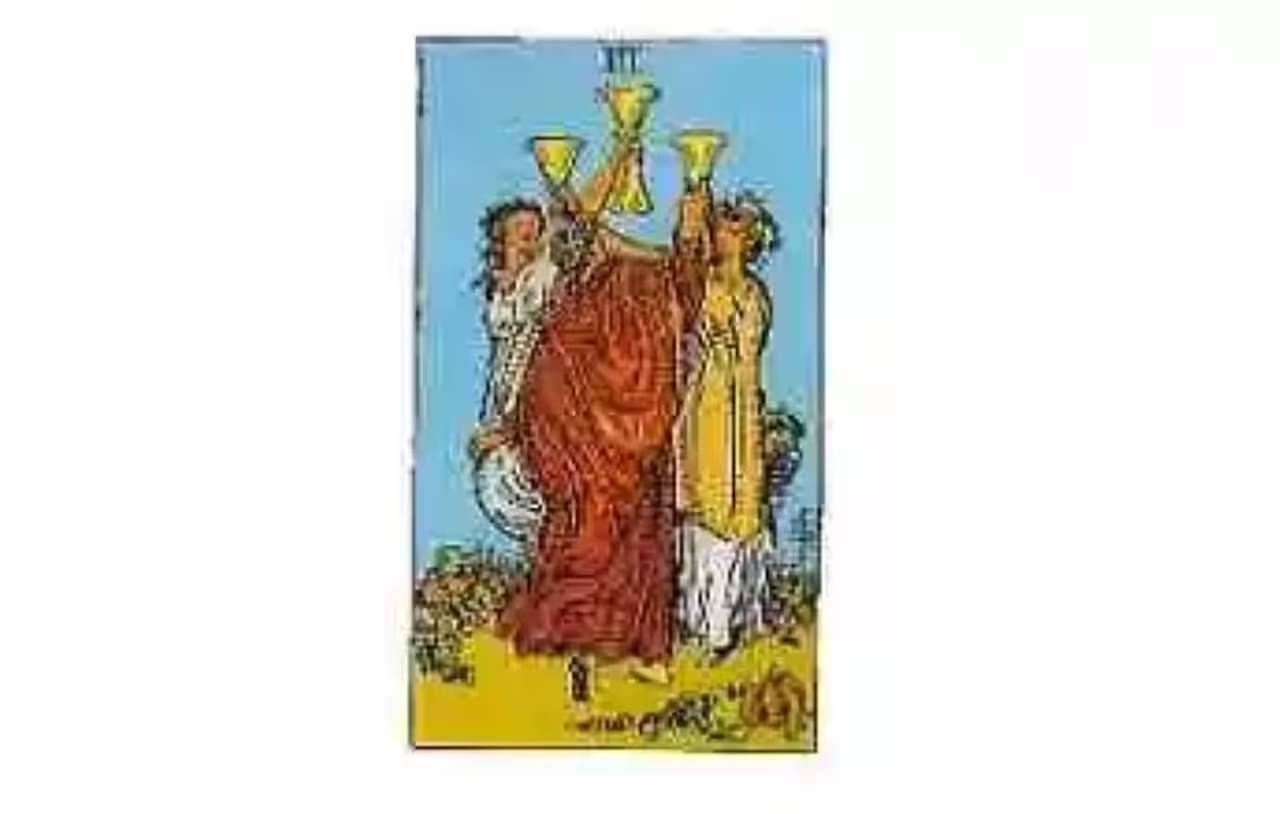
Plogojowitz was one of the many cases registered by governmental entities of the Austro-Hungarian Empire in the 18th century: a case of vampirism that plagued a population in Serbia.
According to the record and quoting this person’s mortal victims, it is said that after Plogojowitz’s death (exactly nine weeks later) a group of young and old people perished under a mysterious illness that took their lives in less than 24 hours. While alive, several of the sick unceremoniously claimed that the culprit of such agony was the above-mentioned Peter, who appeared to them and began to suffocate them.
The other villagers of Kisolova were on full alert with the epidemic of deaths in the locality and feared that any night Plogojowitz would arrive with the desire to end their lives. The fear for the dead man reached its peak when it was discovered that the wife of the deceased had fled to another locality. It was rumored that one night, good Peter appeared to her asking her to give him her shoes and that her body showed no signs of corruption.
The military VS the vampire
Order in the town began to be lost, people were so nervous that they were no longer able to perform their daily duties. So the local leaders decided to ask for help from the military to put an end to the dead man.
With the help of a group of armed men, they approached the grave of Plogojowitz and to their surprise, they realized that Peter was intact and that not even the grave had the stench that accompanies corpses. To add more impact to their discovery, they realized that the supposed corpse was breathing.
Thus, it was discovered that all those rumors were true: Peter had indeed tormented many, even taking several of them to the grave. They diligently set about to drive a stake into Peter and then cremate the body, after which the dead ceased and the people of Kisolova resumed their daily lives.
Her case was one of the first to be documented by the Austrian imperial authorities, who sent a military doctor named Johann Flückinger to investigate the facts.
According to Flückinger’s report, Plogojowitz had died after a brief illness and had been buried in his village cemetery. Ten weeks later, several villagers also began to die suddenly and without apparent cause. Before expiring, some of them claimed to have been visited by Plogojowitz during the night and to have felt his blood being sucked from their necks.
Flückinger ordered Plogojowitz’s body to be exhumed and was surprised to find it in an almost intact state, with fresh, pink skin, grown fingernails and hair, and a blood-stained mouth. Moreover, according to witnesses, the body showed no signs of stiffness or decomposition. Flückinger concluded that it was a vampire and proceeded to drive a stake through its heart. When he did so, the corpse screamed and blood gushed out.
The case of Peter Plogojowitz caused a great commotion in Europe and helped to spread the belief in vampires among the common people and the intellectual elite. Some authors have suggested that his story may have influenced the creation of the literary character.
Researching vampirism
Vampirism is the belief that some people can return from the dead as supernatural beings who feed on the blood or life of the living. This belief was common in Europe from the Middle Ages until the 18th century, especially in areas under the rule of the Ottoman Empire or the Austrian Empire. One of the most famous and documented cases of vampirism was that of Peter Plogojowitz, a Serbian peasant who died in 1725 and allegedly killed nine people after his death.
According to the report of imperial official Ernst Frombald, who witnessed the events, Plogojowitz was accused of strangling his victims at night and visiting his widow asking for her shoes. The villagers decided to dig up his body and examine it for signs of vampirism, such as the growth of hair, beard and nails, the absence of decomposition and the presence of blood in the mouth.
Frombald attempted to obtain permission from the Austrian authorities in Belgrade to perform the procedure, but the villagers refused to wait for fear that the vampire would exterminate the entire community. Frombald agreed to allow the procedure and confirmed that the body had the characteristics associated with vampires in local belief. The villagers drove a stake through the heart of the corpse, which caused a large amount of fresh blood to flow from the ears and mouth.
The Plogojowitz case was one of the first and most sensational cases of vampiric hysteria in Europe. It was described by several contemporary authors and had a great influence on the development of the image of the modern vampire in Western popular culture.
The influence of the Serbian vampire on popular culture
The Serbian vampire is a figure that has fascinated and terrified the popular imagination for centuries. Its origin can be traced back to Serbian folklore legends, where it was believed that some people could become vampires after their death and return to attack the living. Some of the most famous and documented cases of Serbian vampires are those of Petar Blagojević and Sava Savanović, who caused panic and hysteria among their villagers in the 18th century.
The Serbian vampire myth has influenced popular culture in a variety of ways, from literature and film to music and video games. For example, the novel Posle devedeset godina (After Ninety Years) by Milovan Glišić, published in 1880, is based on the story of Sava Savanović and is considered one of the earliest literary works about vampires in the world. This novel in turn inspired the film Leptirica (The Butterfly), released in 1973, which is the first horror film made in Yugoslavia.
Another example is the video game Vampire: The Masquerade – Bloodlines, released in 2004, which includes a character named Andrei Grout, a former vampire prince who claims to be a direct descendant of Petar Blagojević. Likewise, the Serbian musical group Riblja Čorba composed a song titled Sava tiho teče (Sava flows silently) in 1981, which refers to the river where Sava Savanović lived and the fear his presence inspired.
These are just a few examples of how the Serbian vampire myth has transcended geographical and temporal boundaries and left its mark on popular culture. The interest in these supernatural beings is still alive today, as evidenced by the fact that some tourists visit the old mill where Sava Savanović was supposed to dwell or the cemetery where Petar Blagojević was buried. The Serbian vampire is thus an important part of the cultural and historical heritage of Serbia and the world.
The truth behind the myth
These cases caused great alarm among the population and the authorities, who ordered the suspected corpses to be exhumed and destroyed by various methods. Some of these cases were documented by foreign travelers who spread the term “vampire” throughout Europe.
But is there any historical basis for this myth or is it just a legend born out of ignorance and fear? The answer is not simple, as there are several theories that try to explain the origin and nature of Serbian vampires. Some of these theories are:
The medical theory: According to this theory, Serbian vampires were people suffering from some unknown disease that caused symptoms such as pallor, anemia, sensitivity to light and aggressiveness. These people could die and resurrect due to a state of catalepsy or temporary cadaveric rigidity. They could also suffer a slow decomposition that caused their skin to tighten and appear redder, their nails and teeth to grow and their hair to be preserved. These signs were interpreted as evidence that the corpse was still alive and feeding on blood.
The folkloric theory: According to this theory, Serbian vampires were supernatural beings that were part of the rich folk imaginary of the Balkans. These beings could have a diverse origin: they could be souls in pain who could not find rest because they had committed some grave sin or had been victims of a curse; they could be people who had been born with some physical anomaly or under certain special circumstances (such as being born with a veil over their face or with teeth); or they could be witches or sorcerers who practiced black magic and transformed themselves into nocturnal animals. These beings had powers such as invisibility, metamorphosis or mind control, and fed on human or animal blood to prolong their lives.
The socio-political theory: According to this theory, the Serbian vampires were the result of political and ideological manipulation aimed at creating a common enemy to unify the various ethnic and religious communities in the Balkans under the rule of the Ottoman Empire. Vampires represented Turkish oppressors, local traitors or marginalized minorities (such as Gypsies or Jews), and served to justify collective violence against them. The documented cases of vampirism were actually fakes or exaggerations made by agents interested in maintaining the climate of terror and superstition.
As can be seen, none of these theories is totally satisfactory or exclusive. It is possible that all of them contain some element of truth and that the Serbian vampire myth is a complex combination of historical, cultural, psychological and biological factors.
The lasting impact of the Serbian vampire
Some causes that are believed to trigger the emergence of a vampire are: dying without baptism, confession or the last sacraments; dying by suicide, murder or curse; or having certain abnormal physical marks or features. Some signs that indicate that a corpse is a vampire are: the absence of decomposition, the growth of hair, beard and nails, the presence of blood in the mouth and chest, and the fact that the body moves or screams when pierced by a stake.
Another famous case is that of Sava Savanović, who according to legend lived in an old water mill where he attacked peasants who went to grind grain. Savanović is considered the first Serbian vampire and has inspired several literary and film works.
The myth of the Serbian vampire still has a strong impact on today’s popular culture. For example, vampire-related festivals, museums, tourist routes and products have been created in Serbia. Moreover, some modern authors have incorporated elements of Serbian folklore into their vampire novels, such as Bram Stoker with Dracula or Anne Rice with Interview with the Vampire.
Thus, it can be said that the Serbian vampire is a key figure in the history and collective imagination not only of Serbia but also of the whole world.







